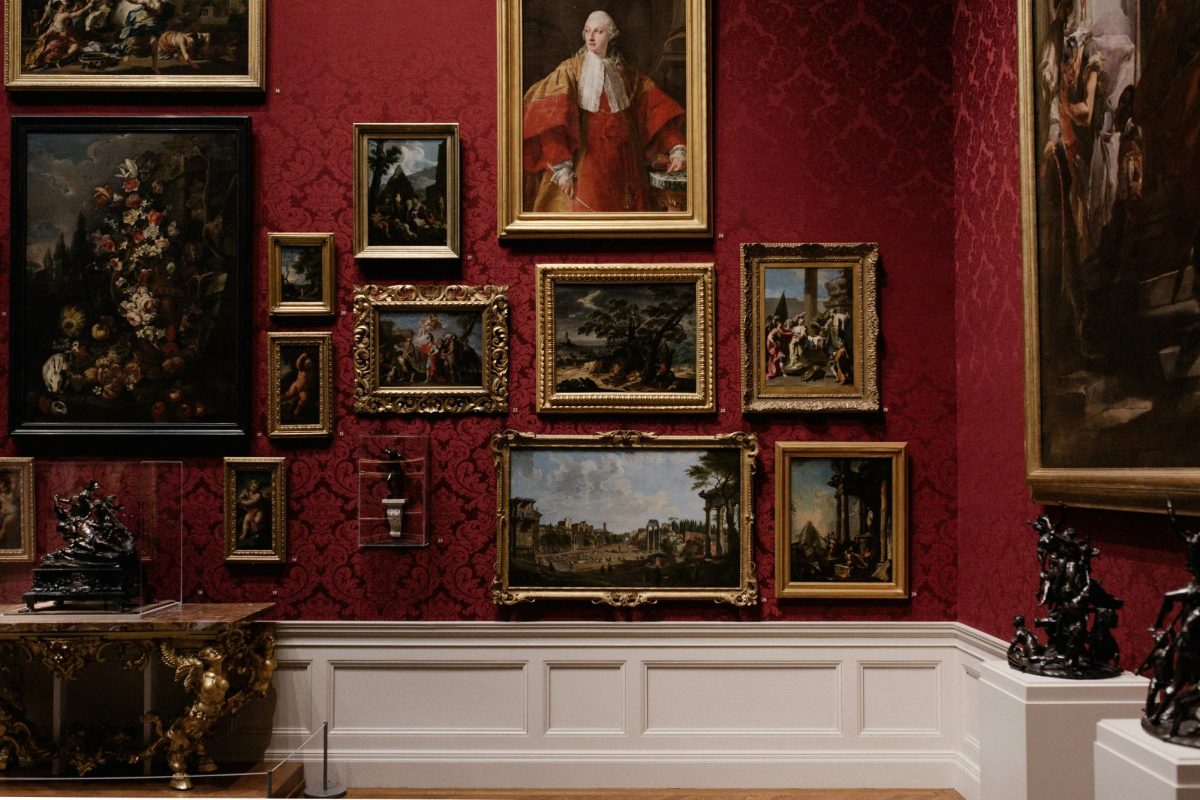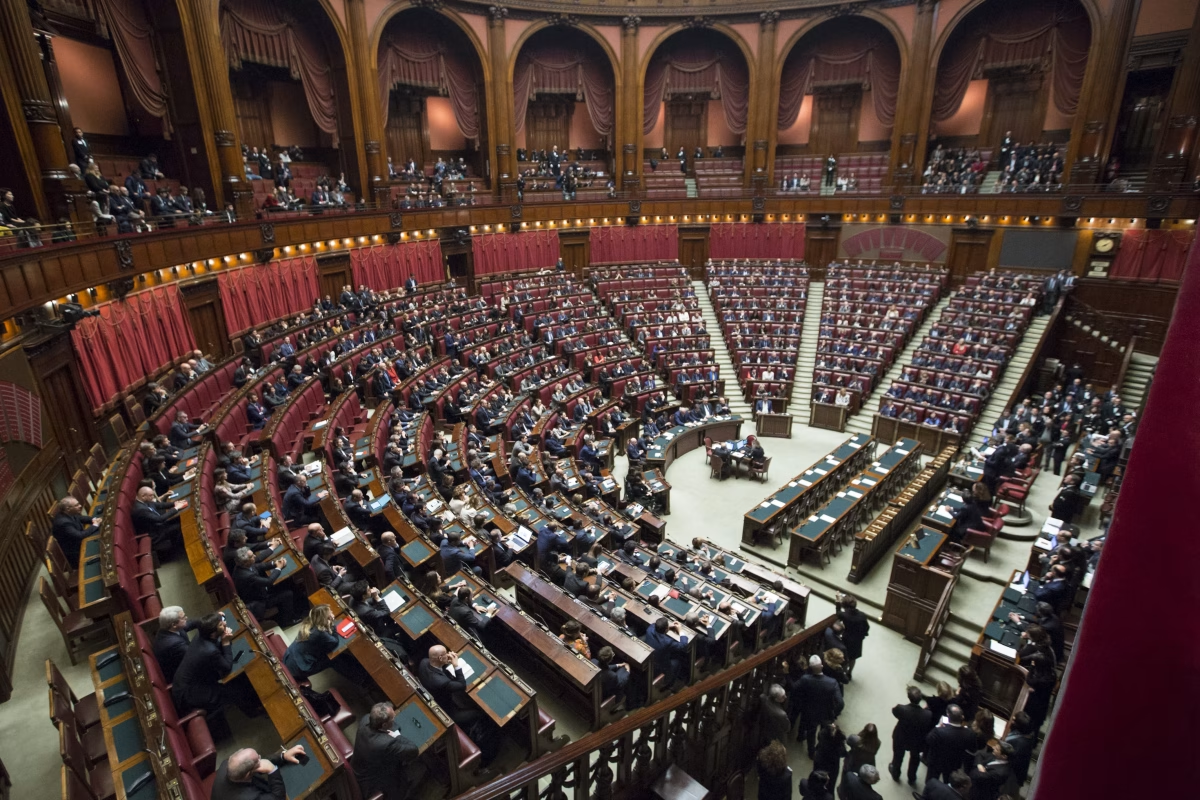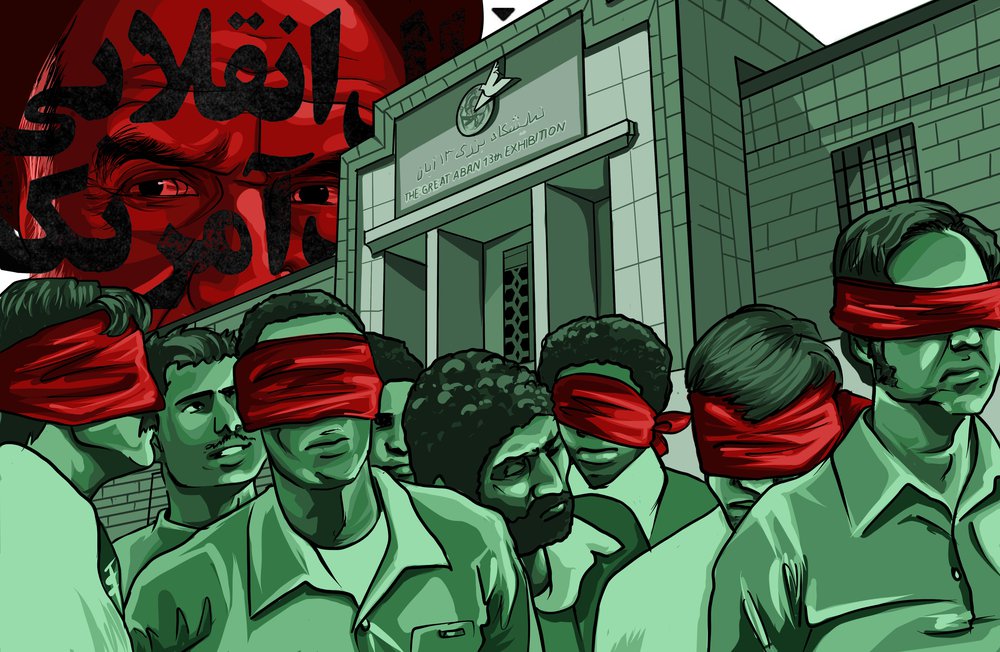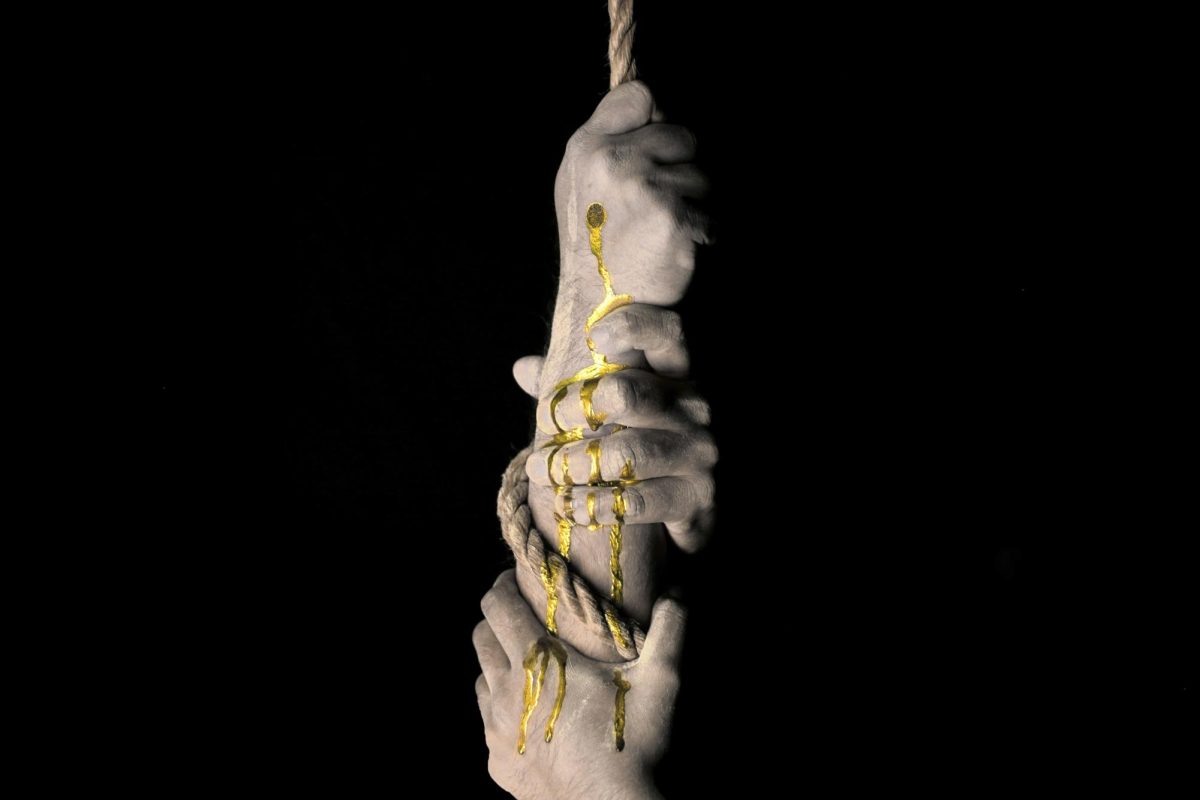A loud creak echoed throughout the building when I first stepped into the museum. I snapped my head up to the guide in question, but I quickly became eased at his calm shaking as he explained to our tour group that we were entering the original building of the first African American Meeting House since its creation in 1806. Comforted by his response, I intentionally began to dig my foot further into the peeling wood, testing its resilience and strength. Simply because the original structure of the meeting house in Boston was unique to other museums that I had visited did not mean that I actually believed I would be learning something new that day. A few days prior, I was already irritated with the prospect of traveling to Boston just to visit a museum of history that I had spent years learning about in school.
I felt myself zoning out as the guide was speaking, and my eyelids were becoming too heavy. Suddenly, all I heard was, “And she was entirely overlooked and ignored for her efforts because she was a black woman.” My head snapped up, and all the dreariness and fatigue diminished. Who was ignored because of gender and race? I needed to know. Maria Stewart. Maria Stewart. Maria…Stewart…Maria Stewart. It was one name that echoed throughout my mind until the end of the museum tour, until I stepped off the train to come home, and as I sat through class. I never knew such a name.
I meekly requested the tour guide to repeat what he already mentioned about Stewart, and my fears were confirmed. I had a solid idea as to why a black woman was ignored despite her perseverance and resilience during the abolitionist movements in the United States. Essentially, she stood no chance against the rest of society as a woman of color. She would not have fit in with the black or white community, as she was not a man to be part of the black rights movement, and she was not white to be part of the women’s rights movement. I was in disbelief that Maria Stewart was slowly being erased from our knowledge of history.
Rejecting this prospect, I made it my mission as I wandered through the museum exhibits to discover remnants of Stewart. I silently prayed that I would actually be able to learn more about her through these exhibitions, perhaps to see a book or picture or maybe just her name engraved somewhere on these old walls. As far as I extended my head in every direction possible, Maria Stewart was not in this museum. The absence of her life in a place where she paved the way for people’s human rights, resonated and wounded me. Being a woman of color, I had zero clue to interact with this disappearance. After hopelessly parading around the first exhibit, I dragged myself to the second one and prepared for my predicted disappointment.
Where I was ready to find artifacts and rusted pictures of people who were actually remembered in history, I came face to face with several other faces of women of color. I walked up close to one of the portraits that a brown woman had painted of herself. In those individual brush strokes, I recognized the sadness when that woman did not see anyone in the museum that represented her. I recognized the anger she would have felt when she also discovered Stewart’s absence. Lastly, I felt most drawn to her strength as her final strokes of the portrait revealed how despite how women of color were excluded, she did not grieve the emptiness and instead created new dimensions to honor themselves and who they are. Women painted with hijabs, head coverings, jewelry, curly hair, afros, and tears represented the new space of hope. They did not need someone to give them space because they powerfully took their respected and deserved space to flourish in their identities.
This was the legacy that Maria Stewart and the original structure of the African American Meeting House left behind for me that day. It was the real test where I truly pushed against this structure to see how resilient I could be and become similar inspirations like the women whose paintings were hung in the second exhibit. Maria Stewart embodied what it meant to represent a divide in minority communities and the need for solidarity among marginalized groups to stand together and fight against oppression altogether. She acknowledged that she was not being accepted into her black community yet instead of waiting for others to let her in, she created her own movements.
Photo by Andrew Neel on Unsplash

















